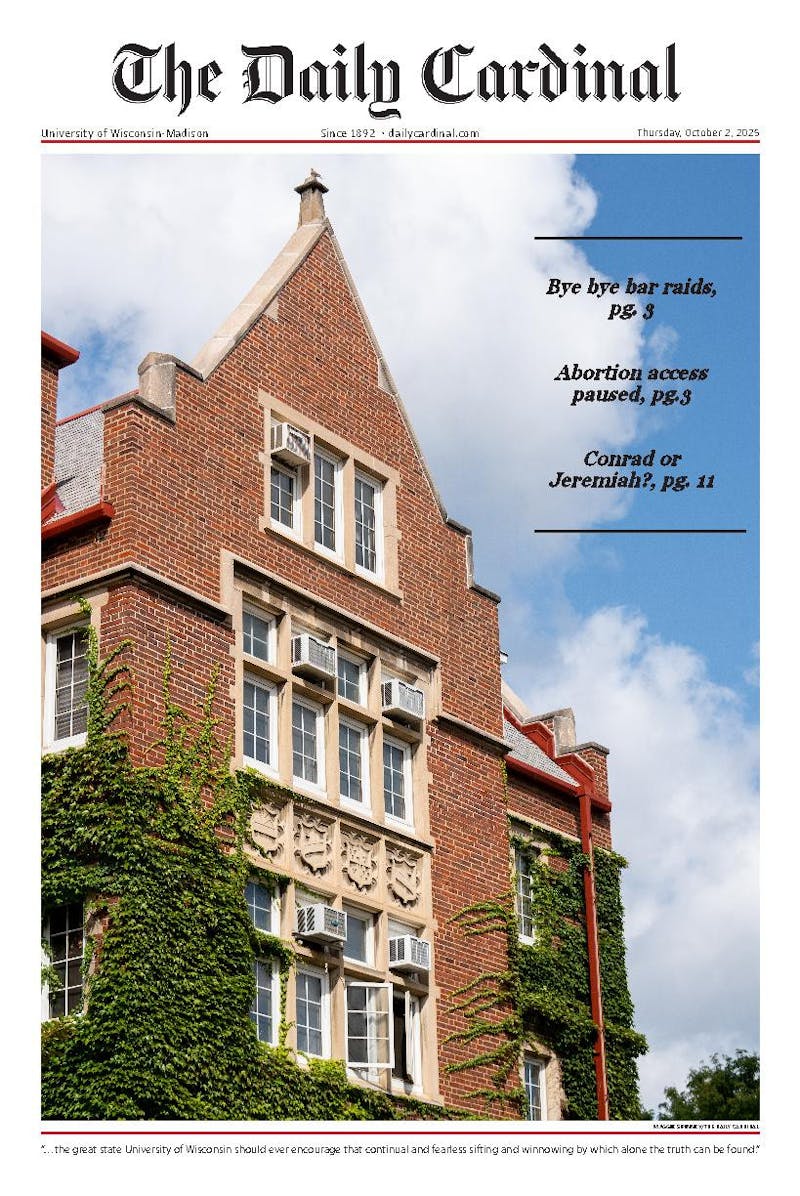I have a straightforward question that feels complicated every time I think about it: how do loans work?
I mean, I know that loans are when someone gives you money and you have to pay it back. But I don’t understand all of the different types of loans, and I don’t know why they have such different interest rates--how can a student loan have a higher interest rate than a car loan? That seems insane! And I don’t understand down payments, either, and I don’t even know if making a big one is good or bad. I need to figure this stuff out: I have a student loan and I plan to get a car when I graduate (and you need loans to buy vehicles, right?), so it’s kind of important!
It’s best to understand loans--especially if you’re one of the many Americans who owes a share of our $1.3 trillion in student debt! At their simplest, loans work exactly as you describe them: one party gives another party money, and then the second part pays back the first over time. Loans aren’t always given out of the kindness of someone’s heart, though, so there needs to be a way for the loaning institution to make money. That’s where interest comes in: when all is said and done, the borrower will have paid back more than was borrowed.
Of course, not all loans get paid back. So the interest needs to also cover the possibility that the borrower will renege. By giving demanding higher interest rates for riskier loans, loaning institutions can count on their overall interest earnings outweighing their losses (it’s all about statistics!).
In some cases, a borrower will put up collateral that the loaning institution can confiscate if the loan is not paid off--meaning the lending institution's total loss is a bit more limited, and interest rates can be lower. In some cases--as with mortgages and auto loans--the collateral is the very thing the loan is allowing the borrower to buy. Collateralized loans are called, appropriately enough, secured loans. The fact that auto loans are secured is why they can sometimes have lower interest rates than student loans.
A down payment is simply a part of a purchase a borrower covers up-front. It just lowers the amount of the loan. Not everyone can manage to make down payments on big purchases like homes, which is why special types of loans--USDA home loans--exist. But for others, a big down payment can mean a smaller, more affordable mortgage. Despite widespread belief that 15 to 20% down payments on homes are the norm, the average is actually 11%.
So what kind of loans are healthy? The easiest way to tell is to look at what’s being purchased. A mortgage gains you a huge asset--a home--and takes the place of rent payments, so it’s generally considered a healthier type of debt. Vehicle loans are also common and unlikely to hurt your credit rating much. The experts at boat dealer Boat Crazy say that loans are common even with recreational vehicles like boats, and point out that debt can be limited by opting for used vehicles and setting a smart budget.
The bad loans are also relatively easy to spot. High interest rates, short loan terms, and no assets being gained are all red flags. Steer clear of credit card debt, payday loans, and other dangerous forms of lending! Americans already owe over $1 trillion in credit card debt, so don’t let your mistakes add to that staggering figure.
“There are 350 varieties of shark, not counting loan and pool.” -- L.M. Boyd





